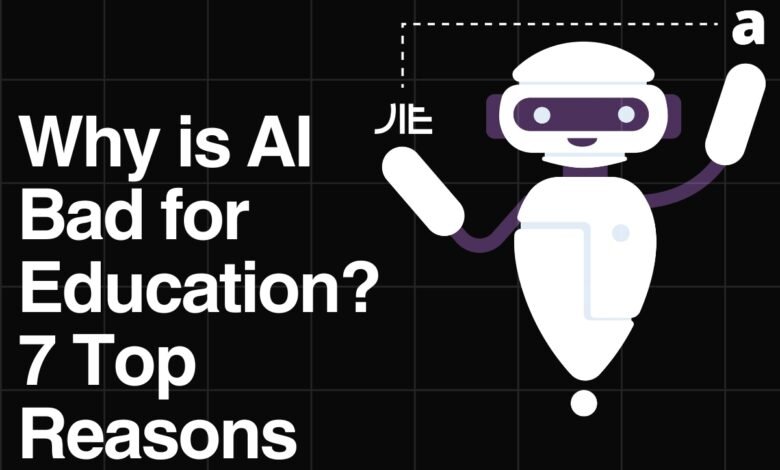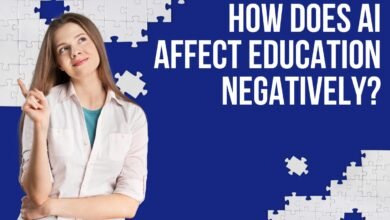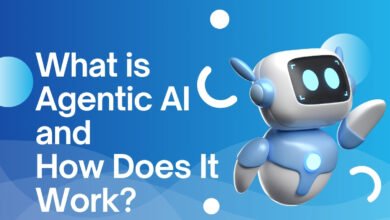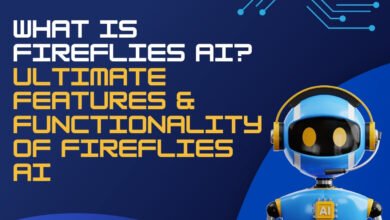
In today’s world, technology is everywhere, and one of the biggest advancements is AI, or artificial intelligence. AI can help in many areas, but when it comes to education, it might not always be the best. In schools, teachers guide students to think, learn, and grow, and sometimes, too much technology can take away these important experiences. So, why is AI bad for education?
In this blog, we’ll explore different reasons why AI might not always help in schools. We’ll talk about things like how AI might make learning too easy or even make students feel lonely. By the end, you’ll understand why some people think AI could hurt education more than help it.
Why is AI Bad for Education? 7 Top Reasons
AI is like a smart helper that can do a lot of things quickly. But in schools, it doesn’t always help the way we might think. Sometimes, AI can actually make learning harder or less fun for students. Let’s look at 7 reasons why AI might be bad for education.
Also Read: How Does AI Affect Education Negatively?
AI Can Take Away Important Learning Skills
When students use AI for everything, they might start to rely on it too much, instead of learning important skills. AI gives quick answers, which can make learning seem easy. But part of learning is figuring things out by yourself.
So, why is AI bad for education? It’s because it can make kids less curious and not want to think as deeply. Now, let’s look at how AI can also impact teachers and the special role they have in helping students learn.
AI Might Replace Teachers’ Roles
Teachers don’t just give answers; they help students understand, ask questions, and enjoy learning. But if students start to rely on AI too much, they miss out on that personal touch. AI doesn’t feel like a person or notice when a student needs a little extra help.
This is another reason why is AI bad for education—because it can’t replace the human care and attention that teachers give. Now, let’s explore how AI might also raise privacy concerns for students and their personal data.
Privacy Concerns with AI in Schools
When students use AI in school, these tools can collect a lot of information, like grades or study habits. This data could be misused if it’s not kept safe, which raises big questions about why is AI bad for education.
Privacy is important, and students’ information should be protected. Now, let’s see how using too much AI can also make learning less interesting for kids.
AI Can Make Learning Less Interesting
AI tools give answers right away, which can sometimes make students feel bored because they don’t have to work hard to find answers. They miss the joy of figuring things out on their own. Why is AI bad for education? Because it can make students feel like learning is just about getting fast answers.
Learning should be fun and a little challenging, not too easy. Let’s now discuss how AI can sometimes be unfair by showing bias in learning programs.
AI Can Show Bias in Learning
AI learns from information it’s given, which means it can sometimes have biases or unfair preferences. This can mean AI might treat some students differently than others based on their learning styles or backgrounds. This is a big reason why is AI bad for education—it should be fair for everyone. Let’s move on to see how too much AI can even make learning feel lonely.
AI Can Make Learning Feel Lonely
When kids use AI tools too much, they might miss out on social interactions, like talking with classmates or teachers. Learning with friends makes school fun, but when students rely on AI, they might feel isolated. This is another reason why AI bad for education—learning should be about teamwork and fun interactions. Next, let’s talk about how AI isn’t always available to every student equally.
Not Everyone Has Equal Access to AI
Some students might not have access to AI tools, like if they don’t have computers or internet at home. This can make learning unfair because not every child has the same opportunities to use these tools. Why AI bad for education? It’s because it can create an uneven playing field where some students have advantages over others. Now, let’s answer some common questions people have about AI in education.
Bonus Tip: If you’re struggling to make your content rank high on Google and boost business, you can hire a digital marketing company. They know how to drive sales and maximize your profits even in competitive markets.
Frequently Asked Questions
Why is AI Bad for Education?
AI is bad for education because it can make learning too easy, so kids might stop trying hard to think on their own. Learning is fun when we figure things out ourselves, but with AI giving fast answers, that fun can go away.
Can AI Take the Place of Teachers?
No, AI can’t take the place of teachers. Teachers know how to explain things in a way that feels caring, and they understand each student’s needs. This is why we say “Why is AI bad for education” because only teachers can give that personal touch.
Does AI Make Learning Boring?
Yes, AI can sometimes make learning boring. If AI gives quick answers all the time, students might feel like they don’t have to explore or think as much. Why is AI bad for education? Because it can make school less exciting when everything is too easy.
Why Do Some Students Feel Lonely Using AI?
Using too much AI means kids don’t get to talk and work with their friends as much. This can make learning feel lonely. Why is AI bad for education? Because learning is more fun when we do it together with others.
Is AI always Fair in Education?
No, sometimes AI isn’t fair because it might have a preference for certain types of answers or students. Why is AI bad for education? It’s because AI doesn’t always treat everyone the same, which can make learning harder for some kids.
Conclusion:
While AI has benefits, it’s important not to rely on it too much in schools. AI might make learning too easy, limit critical thinking, and take away real social experiences that are important for kids. When we balance AI with human connection and good teaching, we can make sure students get the best learning experiences possible.
Now we have reached the end of this blog. If you found the above information helpful, please check out our other posts as well.





